Freeride mountain biking is a thrilling sport. It combines technical skills with physical endurance. To do well, having a structured training plan is crucial. It helps you get better at riding in different terrains. This article talks about how to train for freeride mountain biking. It covers improving your skills and building up your stamina.
Having a plan made just for you is key to getting better. It helps with tough climbs, fast descents, and tricky parts. Things like how fast you pedal, which is usually between 60 to 80 times a minute, are important. Start with short rides and make them longer over time. Eat about 300 to 400 calories every hour during your ride. This depends on how hard you’re working and your size.
Let’s look at ways to get better at your skills. And how to have more energy for freeride mountain biking. Follow these tips to improve and succeed in this exciting sport.
The Importance of Structured Training for Freeride Mountain Biking
Structured training is key for serious freeride mountain bikers. It helps tackle different terrains and the need for sudden power. Riders learn to balance endurance, and anaerobic and aerobic fitness. This balance helps create a training plan that boosts performance outdoors.
Understanding the Demands of Freeride Mountain Biking
Freeride mountain biking blends technical skills with physical endurance. Riders face various conditions that test their limits. Studies show 86% of riders believe outdoor structured training improves their skills and fitness. Furthermore, 72% say mimicking actual trails or conditions is crucial for preparation.
The Role of Different Energy Systems
The aerobic system is the fitness foundation for mountain biking. It lets riders maintain a steady pace, crucial for endurance and reducing injury risks. Threshold work, mixing easy cadence with race pace, is key in aerobic training.
The anaerobic system helps with short, intense efforts, like climbing steep paths. Focused anaerobic training, with interval sessions, builds climbing power. It’s perfect for technical climbs and competitive racing.
Structured training helps riders understand these energy systems. It also shows the importance of outdoor skill practice and adjusting to different weathers. By integrating strategic training, riders improve their technical skills and both energy systems.
How to Train for Freeride Mountain Biking: Balancing Skills and Endurance
Getting ready for freeride mountain biking combines endurance training and skills development. It’s essential to work on both to face different challenges and keep going for longer. This method improves your ability to do well on tough trails.
Building Endurance for Long Rides
Endurance is key, and long rides are crucial. They boost your fitness and help you keep up your energy. Adding rides on a stationary bike helps too, especially if you do sessions lasting two hours with aerobic intervals each week. This approach has been shown to cut down lap times.
By following this training, riders can feel stronger and last longer during races and fun rides. Research has shown it builds the stamina needed for both training days and competitions.
Developing Technical Riding Skills
Improving your technical riding skills is just as important as building endurance. Spending time on specific moves helps you deal with tricky parts of the trail. Training with skilled riders boosts your skills and confidence.
Feeling more comfortable on difficult trails comes from practising with others in skills camps. Mixing these drills with endurance rides is the best plan. It gets you ready for all kinds of trails, improving your rides and making them more fun.
Incorporating Strength Training into Your Regimen
Adding strength training to your mountain biking is key. It boosts your performance and lowers injury risks. By building essential muscles, you can better handle rough terrains and enjoy biking more. Focused exercises can really transform how you ride.
Key Strength Exercises for Mountain Bikers
Try adding squats, deadlifts, and pull-ups to your workouts. These build strength in both the lower and upper body. That’s essential for tackling tough trails. Aim to lift weights twice a week. Remember to cycle with less intensity to control muscle soreness. This balance helps in quicker recovery and keeps you active in biking.
Importance of Upper Body Strength
Building a strong upper body is crucial for controlling your bike. Especially on wild and tough rides. It helps in keeping a strong grip during long rides. Focusing on upper body and core strength balances out the strain from biking. Strength training not only boosts your biking but may also improve bone health and prevent injuries.
This kind of training suits the specific needs of mountain biking. It’s a good idea to follow workouts that match the sport’s demands.
To learn key tips for beginner mountain bikers, check out this resource.
Incorporating Endurance Training Techniques
In mountain biking, building up your endurance is key. It helps you perform better on tough terrains. By mixing different workouts, bikers can meet their unique needs. You might do long rides or short, intense intervals to improve.
Types of Endurance Workouts
There are many ways to boost your endurance in mountain biking. Here are some of them:
- Long-Distance Rides: These build a strong endurance base.
- Tempo Training: Workouts of 30 to 90 minutes at zone 3 help improve your basic speed.
- High-Intensity Interval Training (HIIT): Intense bursts of activity increase fitness and recovery.
- Strength Training: Doing exercises like deadlifts and squats builds the strength needed for climbing and descending.
Benefits of High-Intensity Interval Training (HIIT)
HIIT is great for mountain bikers. It boosts both your aerobic and anaerobic performance. Regular sprints, especially uphill, help you speed up and perform better on tough trails. This type of training makes overcoming obstacles easier.
Focus on Skills Development and Technique
To be great at freeride mountain biking, work on your skills as much as your fitness. Getting better at different techniques helps you face hard tracks with confidence. Learning to jump properly and perfecting how to balance in corners are key to handling your bike well.
Practicing Jump and Drop Techniques
Jumping skills can really boost your performance on trails. By practicing regularly, you’ll become more confident with jumps and drops. These abilities make it easier to get past obstacles and make riding more fun. It’s also important to know how to position your body in the air for a safe landing, which lowers injury risks.
Improving Cornering Ability and Balance
Being good at cornering affects your speed and steadiness on the bike. To get better, practice drills that improve your stance and how you handle momentum. This doesn’t just make you better at controlling the bike; it also helps you go faster. Doing cornering exercises can really change how you ride, especially on twisty paths where good balance is crucial.
Conclusion
In the world of freeride mountain biking, mixing skills and endurance is key. A planned route helps blend strength, endurance, and skill. This makes riders ready for different trails.
Learning to jump and building leg strength are vital. Doing squats and lunges helps a lot. Every bit adds to a better ride.
Beginners and those at an intermediate level gain a lot from well-planned training. It includes easy rides, sprints, and hill climbs. This builds a strong base.
Those who are more advanced can try hill repeats and HIIT. These boost their power and stamina. Such training enhances bike control and stability.
Taking a structured approach upgrades skills and endurance. It makes riding freeride mountain bikes even more thrilling. Stick with it, and the rewards will be clear on every downhill run.
FAQ
What is the best way to start training for freeride mountain biking?
Start by making a structured plan. Include endurance, strength training, and technical skills. Increase ride intensity slowly and do strength exercises for your whole body.
How does strength training benefit mountain bikers?
Strength training boosts performance and prevents injuries. It increases strength in the upper and lower body. Riders handle technical terrains better and control their bikes smoothly.
What types of endurance workouts are recommended for mountain biking?
Do long rides to build stamina and short, intense ones to boost endurance. This mix helps you recover faster, so you’re ready for different terrains.
How important is understanding energy systems for mountain biking?
Knowing about energy systems is key. It helps to make effective training plans. Focusing on aerobic, anaerobic, and neuromuscular systems boosts your performance.
What techniques should I practice to improve my skills in freeride mountain biking?
Work on jumping, cornering, and balancing. These require good body position, controlling momentum, and handling the bike. Regular practice makes you skillful.
How can I create a balanced training plan for freeride mountain biking?
Mix endurance, strength, and skill practices in your plan. Start with long rides for stamina. Add strength exercises. Practice riding techniques regularly. This approach readies you for freeride challenges.
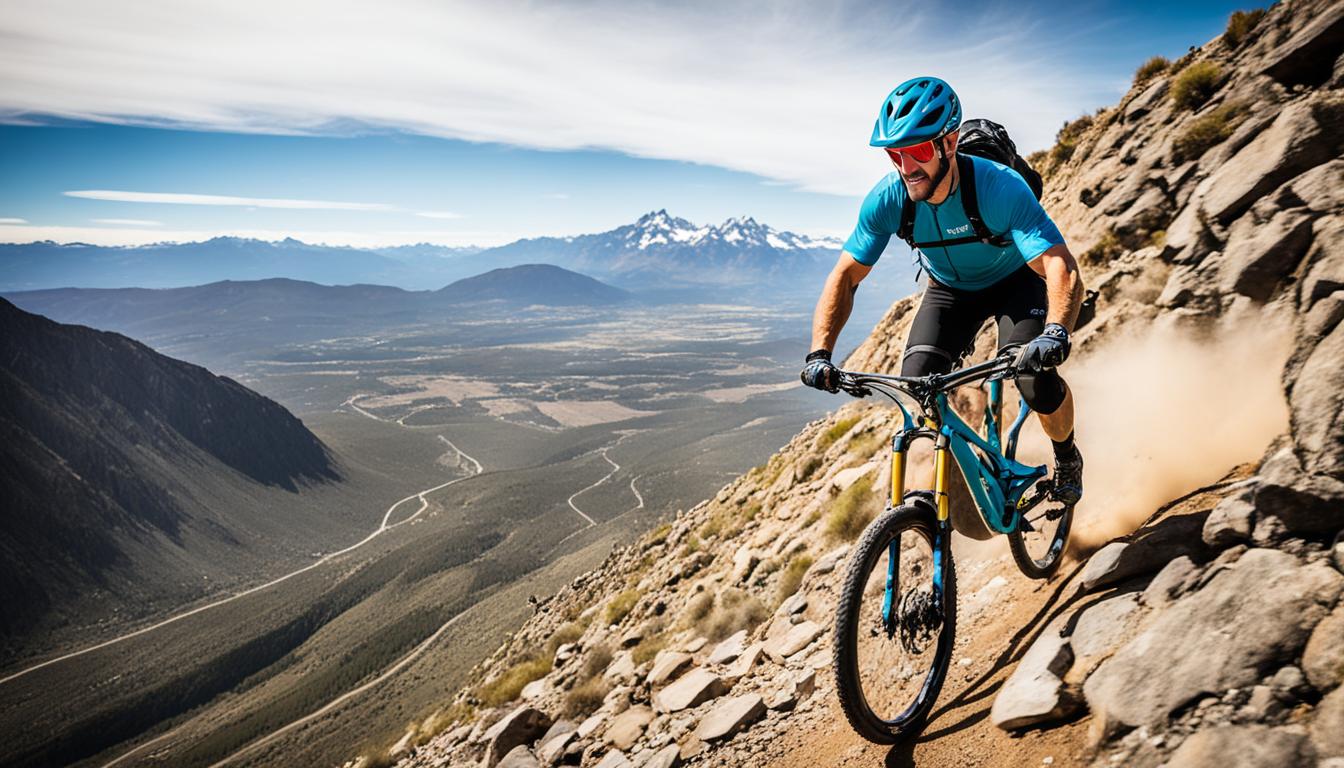

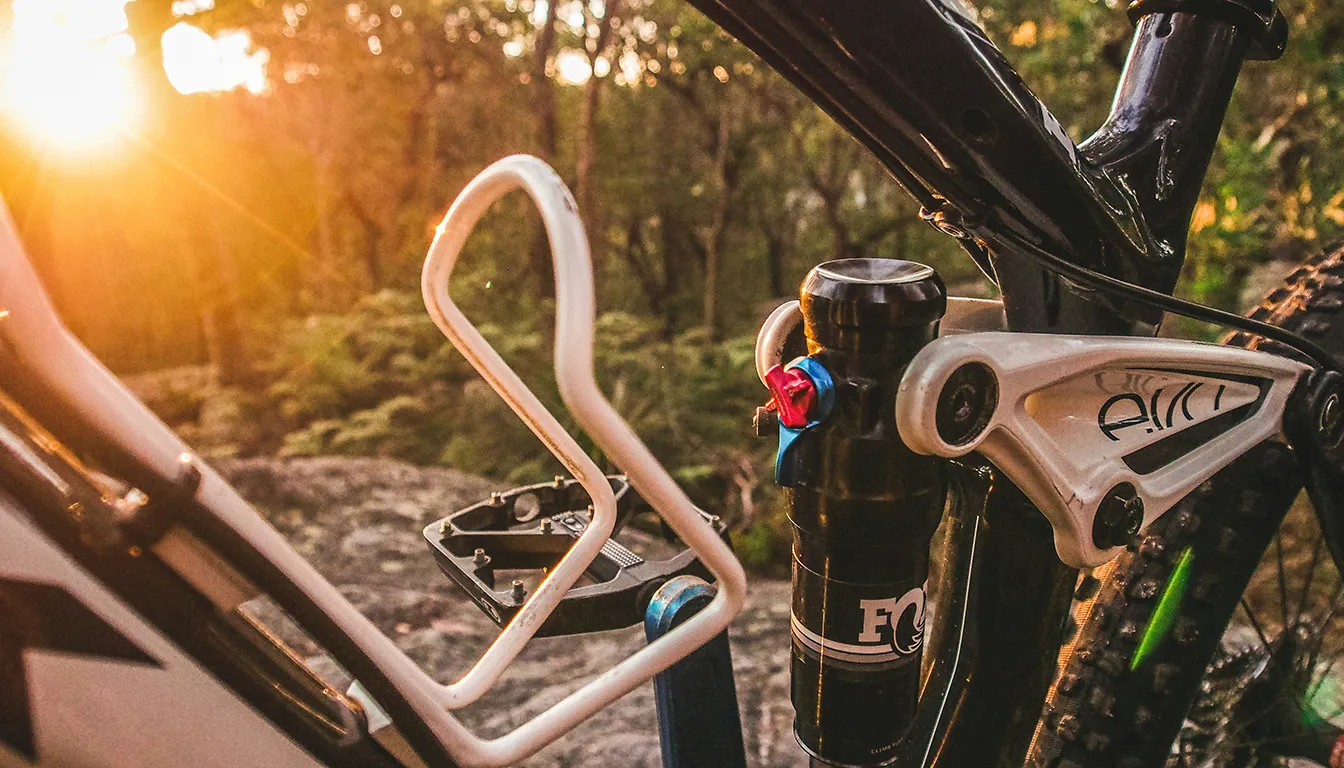
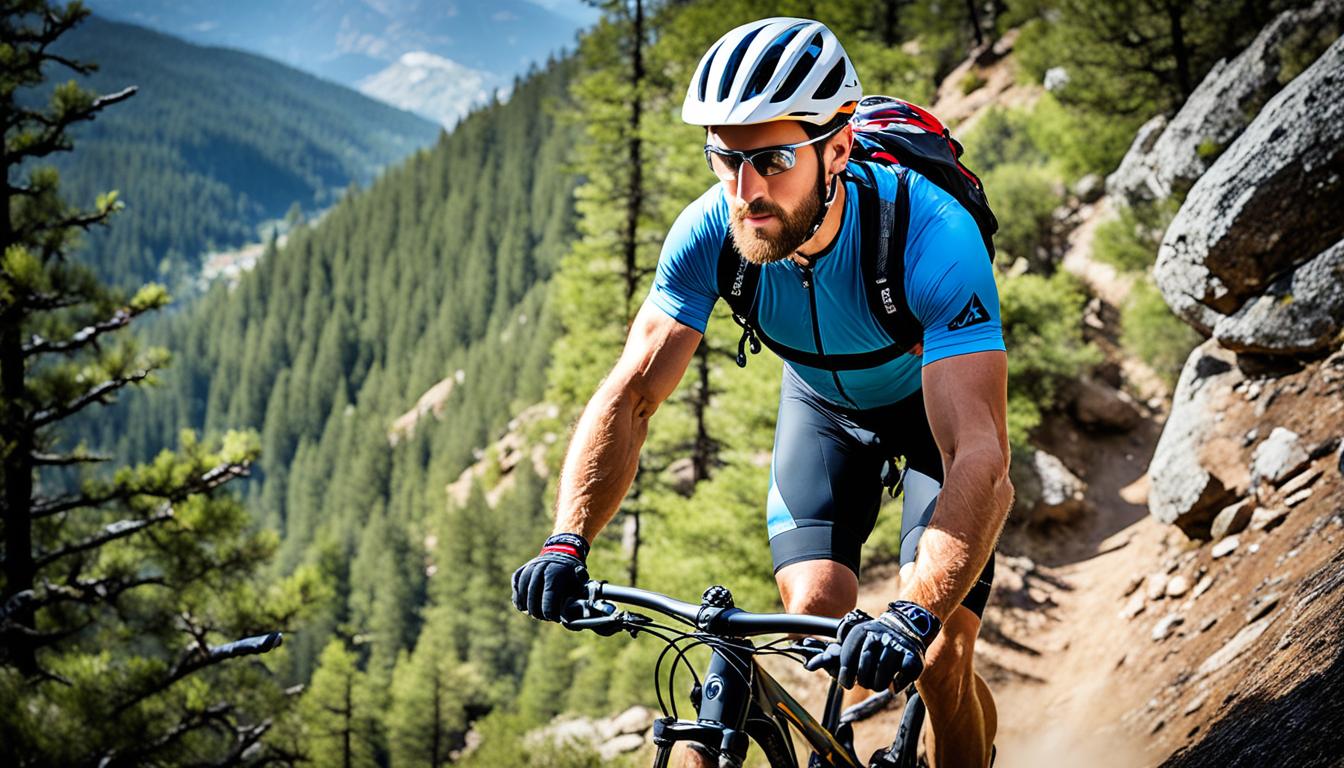
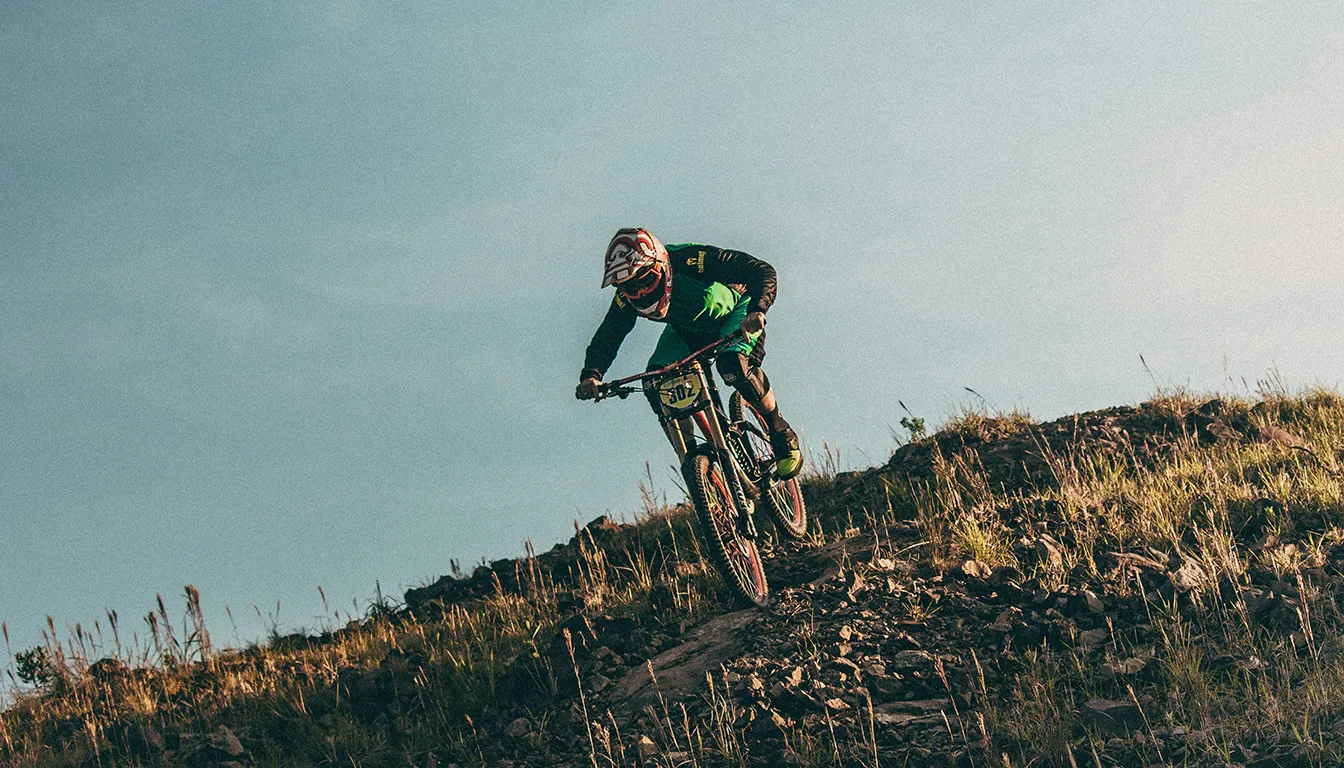
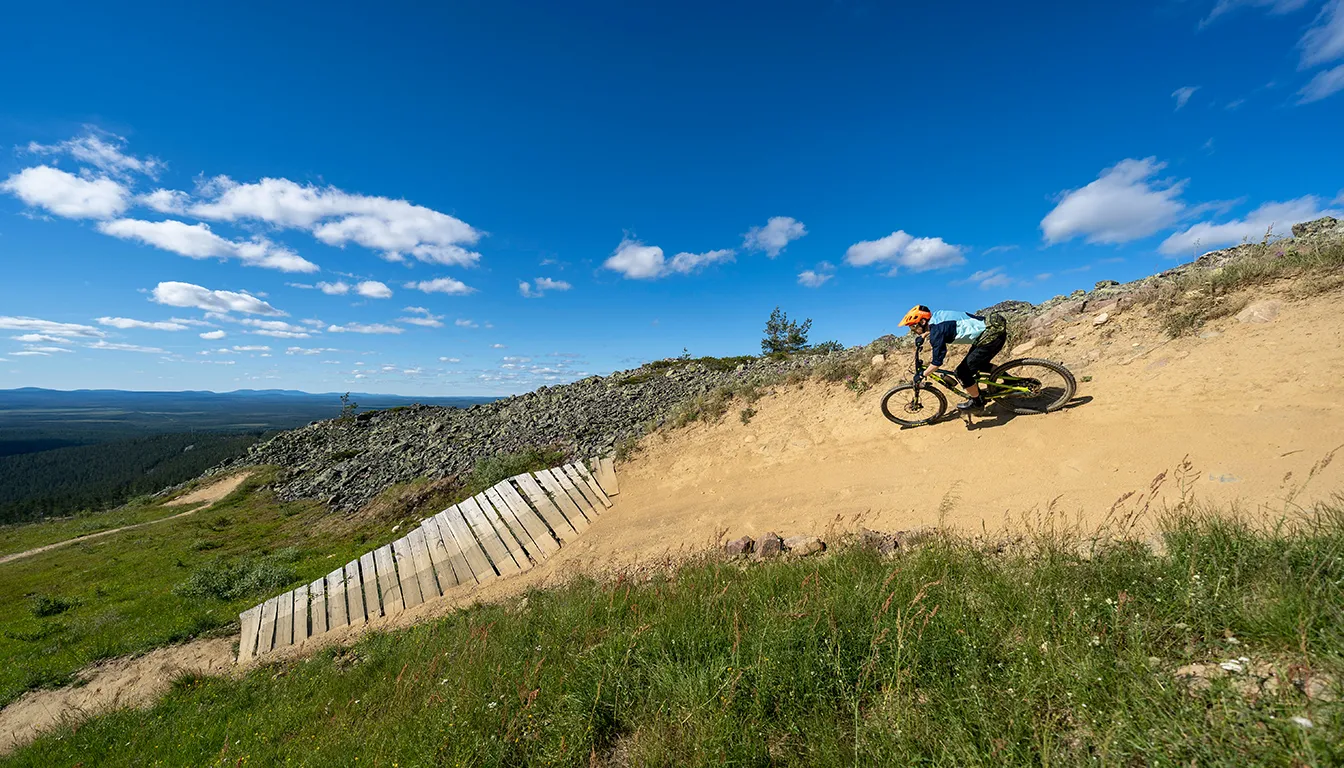
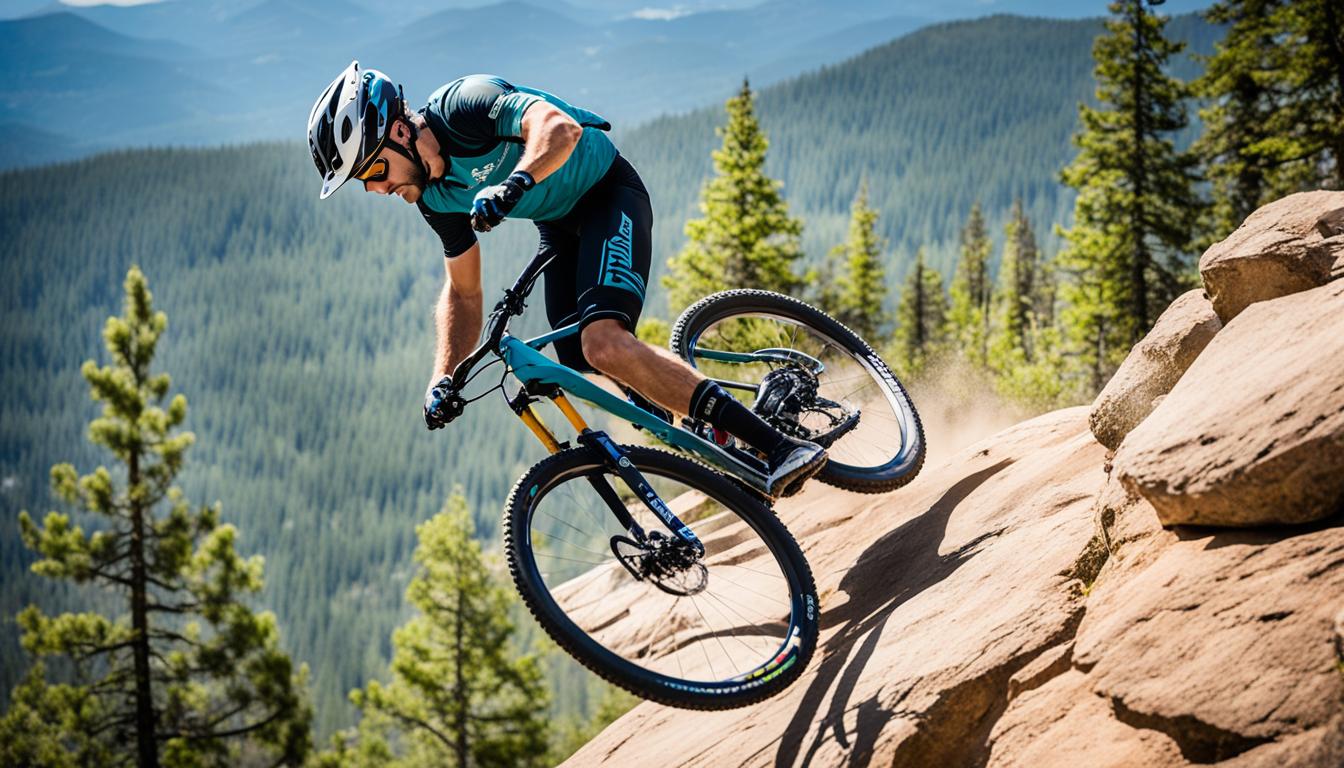
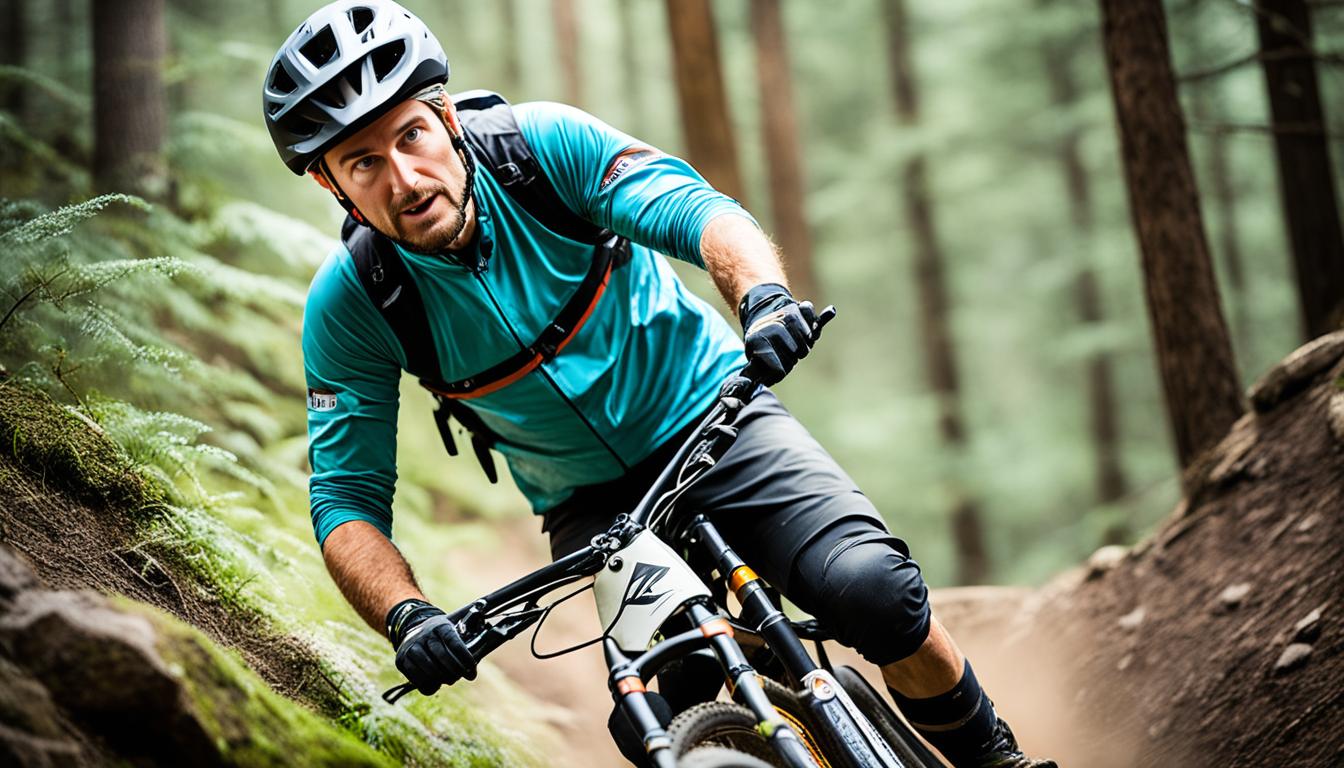
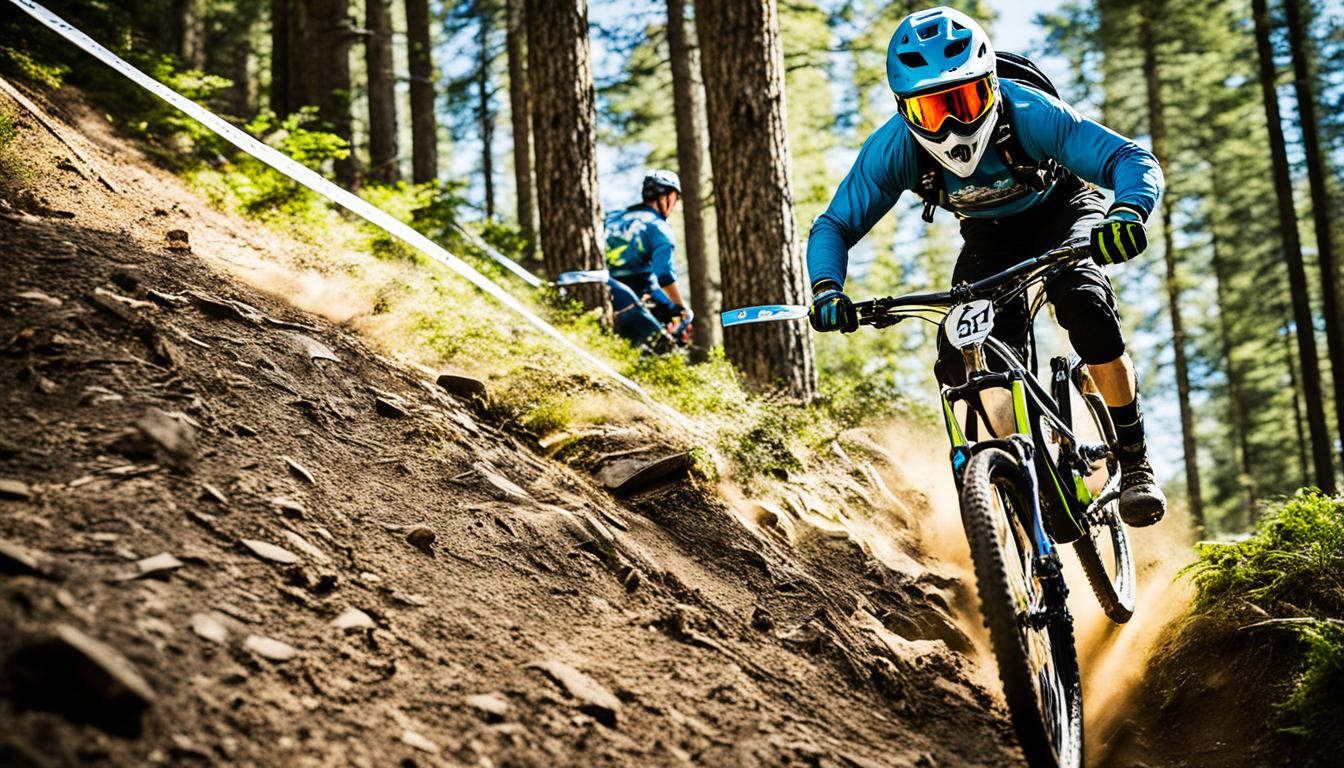
One thought on “How to Train for Freeride Mountain Biking: Skills and Endurance”